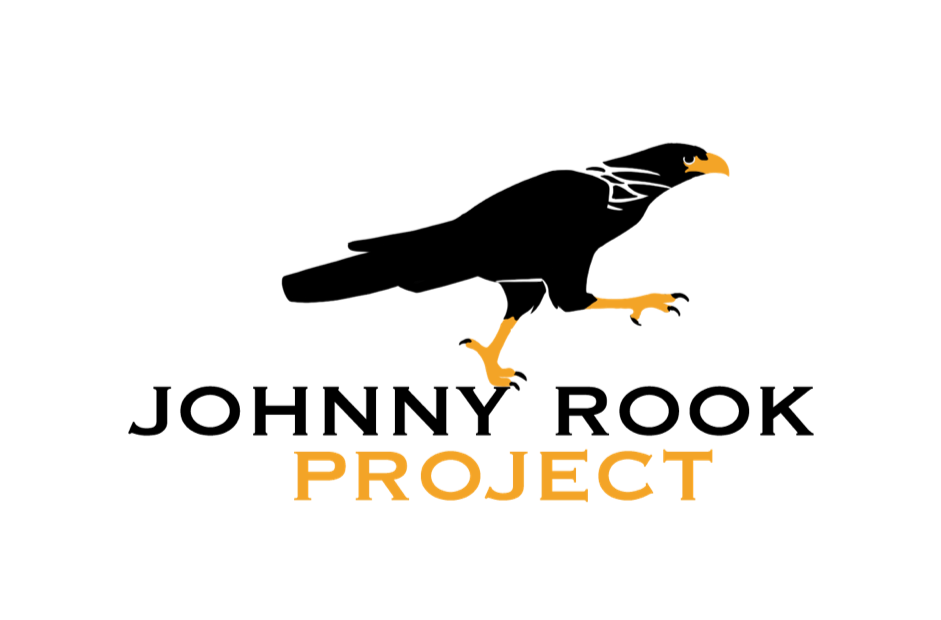Research
Behavior
To truly understand an animal, you have to watch it—carefully, patiently, and in the wild. In the Falklands, we spend many hours conducting extended focal follows of Johnny Rooks. These detailed natural history records give us a deep understanding of their behavioural repertoire, which helps us also spot the unexpected, like unusual foraging, play, or social behavior. This is how we learned they can quickly seize new opportunities, like feeding on a tidepool-trapped octopus, and that caracaras of all ages engage in lively play.
Responses to novelty
Johnny Rooks are notorious for their curiosity, but until now we didn’t know how their reactions to unfamiliar objects compared to other birds worldwide. Through our collaboration with the ManyBirds Project—a global study testing hundreds of species’ responses to novelty—we examined how striated caracaras approach new objects and where they fit in the bigger picture. Their lack of fear aligns with other non-migratory generalists, likely because exploring new opportunities helps them eke out a living in a seasonally variable island environment. This international effort helps place Johnny Rooks on the world stage of avian behavior.
Innovation
Animals that explore more often innovate more, and Johnny Rooks are no exception. Using an eight-sided puzzle box, we tested how wild caracaras approach and solve unfamiliar problems. They quickly discovered new solutions, improved with experience, and examined the tasks by touch and from multiple angles. All individuals showed impressive persistence, and a few even played with the puzzle box after solving it. Understanding this flexibility is key to learning how species adapt to a changing world. We’re now investigating the specific cognitive skills they use to tackle these novel challenges.
Movement
Knowing where, how, and when a species moves enables us to focus our conservation efforts on the areas that are most important for a species’ well-being. We use miniature, animal-mounted dataloggers to record detailed movement tracks during summer and winter. With these data, we’ve learned individuals tend to repeatedly target specific locations to meet their needs and have predictable “highways” between these areas.
Foraging ecology
An animal’s ability to find food is critical for survival. Because caracara primarily feed on resources associated with seabirds, they have to become quite crafty in the winter months when seabirds are away. To better understand how these seasonal pressures affect their behavior and well-being, we investigate annual feeding patterns, assess seasonal diets, and monitor their response to the presence of farm settlements.
Genetics
What happens when you’re marooned? Working with colleagues in South America, we analyzed genetic samples from striated caracaras in both the Falklands and Tierra del Fuego to explore how distance and time have shaped their relationship. We found two distinct lineages that likely split around 50,000 years ago and were later isolated as sea levels rose after the Last Glacial Maximum. Even within the Falklands, subtle east–west differences hint at ongoing ecological and social barriers to movement. These insights highlight the importance of treating the Fuegian and Falkland birds as distinct conservation units.






